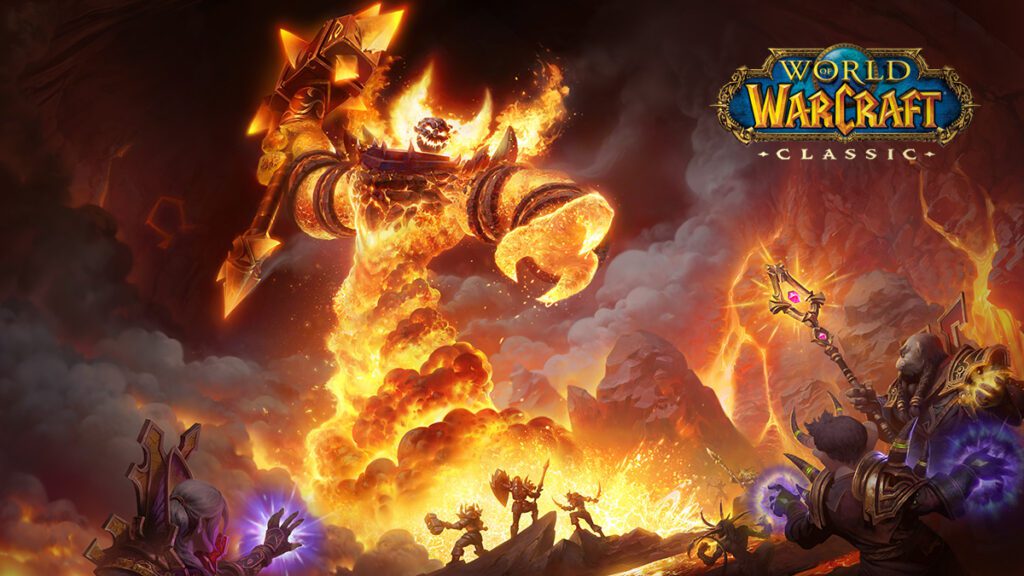World of Warcraft is the most popular and successful massively multiplayer online role-playing game in the world, with over 100 million registered players. It was first released in 2004 and has undergone significant changes and numerous expansions since then. These include Vanilla WoW, The Burning Crusade, Wrath of the Lich King, Cataclysm, Mists of Pandaria, Warlords of Draenor, Legion, and Battle for Azeroth. While the community aspect of the game may have declined over the years, Blizzard has continued to add new features to improve it, and the nostalgia factor has played a significant role in bringing back players. The upcoming release of WoW Classic is set to revitalize the community aspect of the game.
The World of Warcraft: From the Classic to the Modern
The World of Warcraft (WoW) is a massively multiplayer online role-playing game (MMORPG) created by Blizzard Entertainment. Since its release in 2004, WoW has been the most popular and successful MMORPG in the world, with over 100 million registered players.
The Classic WoW
The Classic WoW, also known as Vanilla WoW, was the original version of the game released in 2004. It featured the original continent of Azeroth and allowed players to choose between horde and alliance factions. The gameplay was slower and more challenging, requiring players to complete quests and level up to progress.
One of the notable features of the Classic WoW was the community aspect of the game. Players had to interact with each other to complete quests and progress, making friends and forming alliances. The player base was tightly-knit, with servers being populated by recognizable names and reputations.
The Burning Crusade
The Burning Crusade was the first expansion pack for WoW, released in 2007. It brought new races, such as the Draenei and Blood Elves, and introduced a new continent, Outland. The gameplay was made more accessible, with features such as flying mounts and the ability to teleport between locations.
The community aspect of the game was still strong in The Burning Crusade, with guilds forming to complete raids and dungeons. The expansion added new challenges for players, with harder dungeons and raids, and introduced new ways to progress, such as the arena system.
Wrath of the Lich King
Wrath of the Lich King was the second expansion pack for WoW, released in 2008. It introduced a new continent, Northrend, and featured the Lich King as the main antagonist. It brought new features, such as the death knight class, and improved gameplay mechanics, such as the dungeon finder system.
The community aspect of the game started to decline in Wrath of the Lich King, as new features made it possible to complete content without interacting with others. However, guilds still played a significant role in completing raids and dungeons.
Cataclysm
Cataclysm was the third expansion pack for WoW, released in 2010. It revamped the original continents of Azeroth and added new races, such as the Worgen and Goblin. The gameplay was made more accessible, with features such as easier dungeons and the ability to fly in the original continents.
The community aspect of the game continued to decline in Cataclysm, as new features made it possible to complete content without interacting with others. Guilds still played a role in completing end-game content but were not as important as before.
Mists of Pandaria
Mists of Pandaria was the fourth expansion pack for WoW, released in 2012. It introduced a new continent, Pandaria, and featured the Pandaren race. It brought new features, such as the pet battle system and the ability to farm crops.
The community aspect of the game saw some improvement in Mists of Pandaria, as new features such as the flexible raid system and cross-realm zones made it possible to interact with players from other servers. However, guilds still played a lesser role in the game.
Warlords of Draenor
Warlords of Draenor was the fifth expansion pack for WoW, released in 2014. It introduced a new continent, Draenor, and featured the ability to build and upgrade garrisons. It improved on the community aspect of the game, with features such as the group finder system and the ability to join cross-server guilds. It also brought back the nostalgia factor with the ability to play in the original version of Azeroth before the events of Cataclysm.
Legion
Legion was the sixth expansion pack for WoW, released in 2016. It introduced the Demon Hunter class and featured the Burning Legion as the main antagonists. It brought new features, such as artifact weapons and the class hall system. It improved on the community aspect of the game, with features such as the world quest system and the ability to join communities.
Battle for Azeroth
Battle for Azeroth was the seventh expansion pack for WoW, released in 2018. It introduced new continents, Zandalar and Kul Tiras, and featured the faction war between the Horde and Alliance. It brought new features, such as the Warfront system and the island expedition system. It improved on the community aspect of the game, with features such as the active development of the community system and the ability to share achievements across characters.
Conclusion
The World of Warcraft has come a long way since its release in 2004. The community aspect of the game may have declined over the years, but Blizzard has continued to add new features to improve it. The nostalgia factor has also played a significant role in bringing back old players and keeping them engaged. With the upcoming release of WoW Classic, it looks like the community aspect of the game is set to make a comeback.
